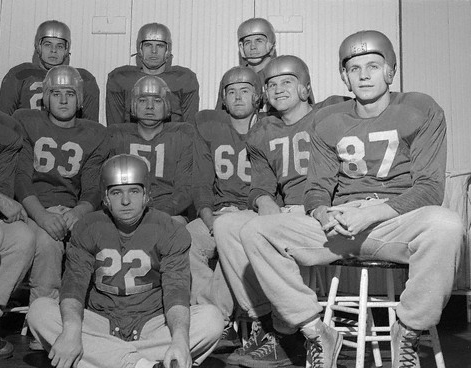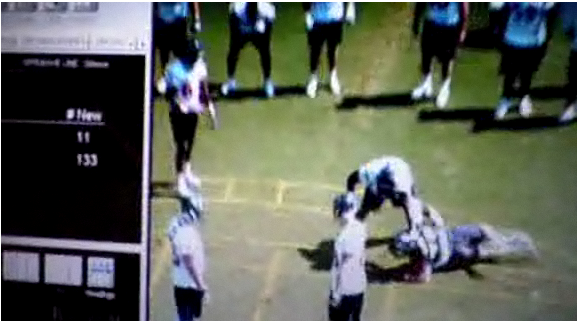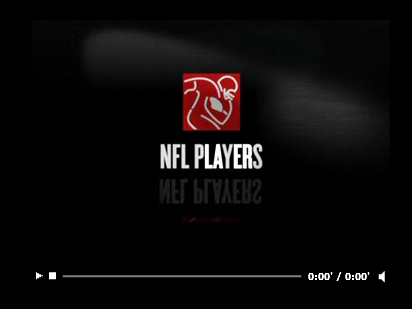The NFL Players Association Fifty Years Ago
Posted February 26th, 2009 by RetiredPlayersThe blog of former Oakland Raider Dave Pear recently published the minutes of an NFL Players Association meeting from January 24, 1958. The meeting minutes show that ten players were in attendance along with players association attorney Creighton Miller. Miller was working for the Cleveland Browns when two Browns players approached him about helping form a players association. The thirty-three year old attorney agreed to work with NFL players to improve their working conditions, salaries, and benefits. Creighton Miller played football at Notre Dame but never played professional football. Instead, he attended Yale Law School.
The NFL Players Association was formed in 1956 but the majority of team owners refused to recognize the group. The association laid the foundation of fighting for the rights of NFL players. To demonstrate some of the early battles between labor and management, the ten players participating in the 1958 meeting felt that progress was being made now that most teams were providing shoulder pads and helmets for players. Previously, players purchased their own equipment and uniforms.
Bob Walston, who played 12 seasons with the Philadelphia Eagles, complained that his teammates “feel that it is unfair that the players must sign away workmens compensation benefits while playing ball.”
NFL players of this era played football with ineffective shoulder pads and without the benefit of face masks on their helmets. These same players were forced to sign away their workmens compensation benefits. This left them with few options for health care. Private health insurance will not cover work related injuries for professional athletes. These athletes paid for their medical expenses related to NFL injuries which occurred while wearing little protective equipment. Currently, many of these 70 and 80 year old retired players struggle to pay for the medical care related to their football injuries with poverty level NFL pensions.
The fight for better pensions is nothing new to NFL players. In 1957, NFL players were empowered after the Supreme Court ruled in Radovich v. National Football League. The court stated that the NFL was subject to antitrust laws. It was the threat of further antitrust litigation that motivated NFL team owners to finally grant players pensions once they turned 65 years old. In 1958, players were trying to convince owners that proceeds from one preseason game should go toward player pensions. Many owners were hesitant to even contribute this amount.
Pensions were not the only thing on players mind in the early days of the NFL. Players lobbied teams to buy better protective gear. With the lack of effective protective gear, players hoped to live to age 65 when they would finally be eligible to collect their pensions.
Cleveland Browns owner Paul Brown had a strong dislike for the players association. So much so that he had the players association attorney, Creighton Miller, removed from a team picture that was taken while Miller was a Cleveland Browns employee.
“What Paul Brown did with the photo shows how most of the owners felt about the players association back then,” Creighton Miller told The New York Times in 1982.
To view a copy of the minutes from the 1958 meeting of the NFL players association click HERE.


